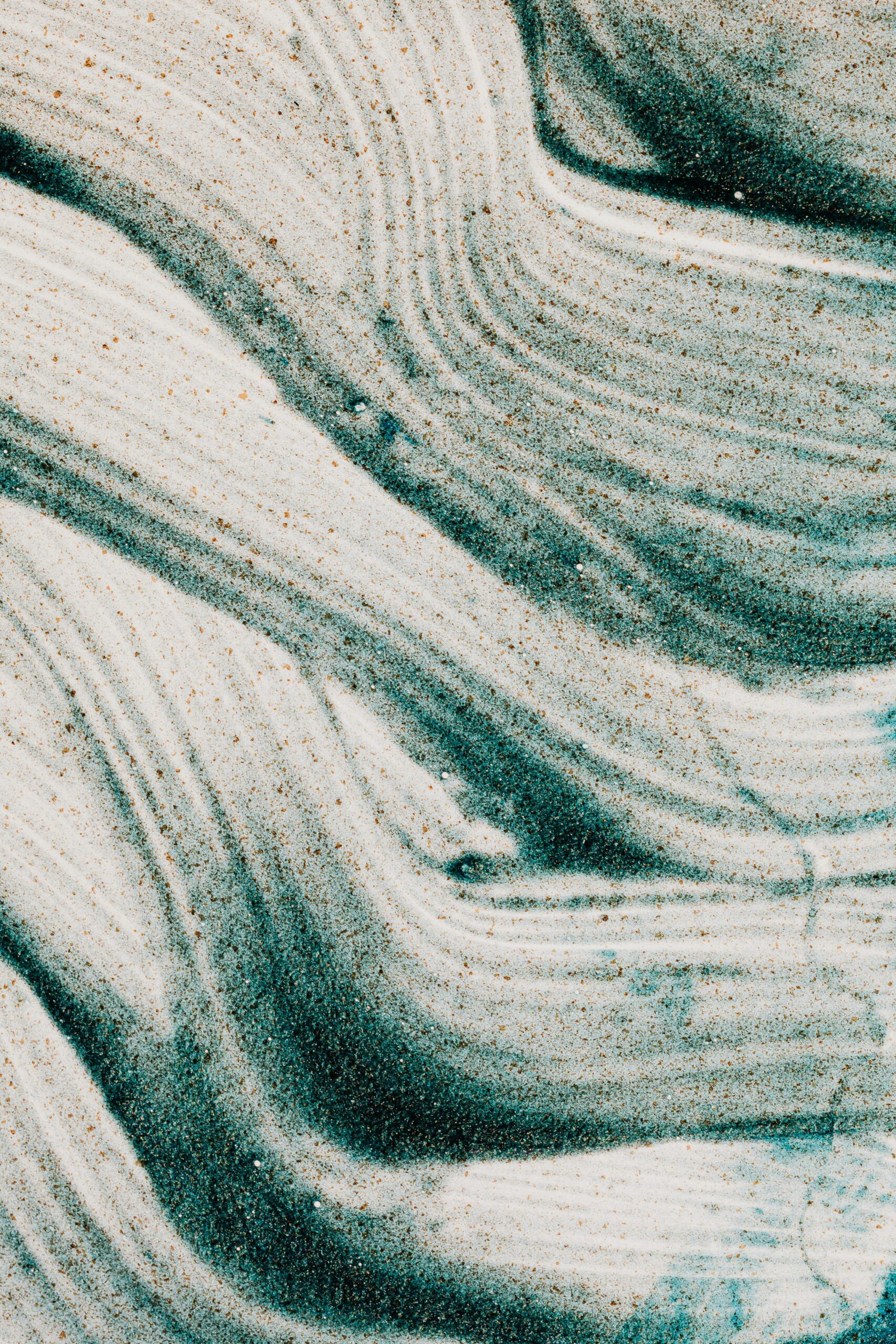Understanding Milben Staubläuse
Milben Staubläuse, commonly known as dust mites, are tiny creatures that often inhabit our homes without us even realizing it. These microscopically small pests can have significant impacts on indoor air quality and may cause various health issues, particularly for those with allergies or asthma. In this article, we will explore what Milben Staubläuse are, how they thrive, and effective strategies to manage their presence in our living spaces.
The Biology of Milben Staubläuse
Milben Staubläuse belong to the subclass Arachnida, which makes them relatives of spiders and ticks. These mites are typically found in warm, humid environments, making homes ideal habitats. Measuring only 0.2-0.3 millimeters in size, they are often invisible to the naked eye. They feed primarily on organic matter, including dead skin cells, pet dander, and mold spores, contributing to their proliferation in households.
Life Cycle of Milben Staubläuse
The life cycle of Milben Staubläuse consists of several stages: egg, larva, nymph, and adult. Adult females can lay up to 60 eggs within a few weeks, resulting in rapid population growth. Ideal conditions, particularly high humidity (around 70-80%) and warm temperatures (20-30 degrees Celsius), facilitate this life cycle process. Understanding their life cycle is crucial for managing infestations effectively.
Common Habitats of Dust Mites
Milben Staubläuse thrive in various locations, such as bedding, upholstered furniture, carpets, and curtains. These areas provide a constant source of food and the humid environment that mites prefer. Regular cleaning and maintenance of these spaces can significantly reduce their numbers. For example, using a vacuum cleaner with a HEPA filter can help capture these tiny pests and their waste, which is a common allergen.

Health Implications of Milben Staubläuse
While Milben Staubläuse do not bite or directly harm humans, they can trigger allergic reactions and respiratory issues for sensitive individuals. Their waste products and secretions contain proteins that can cause allergic responses, including sneezing, runny nose, itchy eyes, and asthma flare-ups. It’s important to note that approximately 10% of the population is allergic to dust mites.
Symptoms of Dust Mite Allergies
Common symptoms associated with dust mite allergies include persistent sneezing, coughing, nasal congestion, and skin rashes. In severe cases, exposure may lead to asthma attacks. Identifying the symptoms early can help individuals take steps to minimize their exposure and seek appropriate treatments.
Testing for Dust Mite Allergies
If individuals suspect they have a dust mite allergy, it’s essential to consult a healthcare provider or allergist. Allergy tests, including skin prick tests or blood tests, can determine sensitivity to dust mites. Once identified, proper management strategies can be implemented to minimize exposure and alleviate symptoms.

Effective Control Measures for Milben Staubläuse
There are various strategies to control and eliminate Milben Staubläuse in your home. Implementing a combination of cleaning, preventative measures, and possibly professional help can significantly mitigate their presence.
Cleaning and Maintenance Techniques
Regular cleaning is pivotal in controlling Milben Staubläuse populations. Washing bedding, pillowcases, and soft furnishings in hot water (at least 60 degrees Celsius) every week can help eliminate these pests. Additionally, vacuuming carpets and upholstery frequently with a vacuum equipped with a HEPA filter can trap dust mites effectively. It is also advisable to declutter your living space to further reduce their habitats.
Environmental Controls
Adjusting the environment in your home is also an effective strategy against Milben Staubläuse. Keeping humidity levels below 50% can significantly hinder their growth. Using dehumidifiers or air conditioning during humid months can aid in this effort. Furthermore, investing in dust mite-proof covers for mattresses and pillows can provide barriers against these pests.
Conclusion
Understanding Milben Staubläuse and their effects is essential for maintaining a healthy living environment. By implementing appropriate cleaning strategies and environmental controls, you can significantly reduce their presence in your home. If you suspect that you or your family members are affected by dust mite allergies, do not hesitate to seek professional advice for better management.
Key Takeaways
- Milben Staubläuse are tiny dust mites that thrive in warm and humid environments.
- Their waste can trigger allergic reactions and respiratory issues.
- Regular cleaning and environmental controls are effective in managing dust mite populations.
FAQ
1. What are the best ways to reduce dust mite populations in my home?
The best ways to reduce dust mite populations include frequent washing of bedding in hot water, using a HEPA filter vacuum, and maintaining humidity levels below 50%. These actions collectively help create an environment that is less hospitable to dust mites.
2. How can I tell if I have a dust mite allergy?
Symptoms such as sneezing, nasal congestion, itchy eyes, or asthma can indicate a dust mite allergy. Consult an allergist for proper testing to confirm your sensitivity to dust mites.
3. Can dust mite allergies be cured?
While there is no definitive cure for dust mite allergies, symptoms can be managed effectively through avoidance of allergens, medication, and sometimes immunotherapy, as advised by an allergy specialist.
4. Do air purifiers help with dust mites?
Yes, air purifiers that include HEPA filters can significantly reduce airborne dust mites and their allergens. However, they should be combined with routine cleaning practices for the best results.
5. What is the life expectancy of Milben Staubläuse?
The life expectancy of Milben Staubläuse ranges from several weeks to a few months, depending on environmental conditions. Favorable conditions can lead to more prolonged life cycles and increased populations.
6. Is it safe to use pesticides against dust mites?
It is essential to use caution when considering pesticides, as they may not always be effective against dust mites and can pose health risks to humans and pets. It’s advisable to explore non-chemical methods first or consult a professional exterminator.
7. How often should I clean my home to prevent dust mites?
To effectively prevent dust mites, it’s recommended to clean your home weekly by washing bed linens, vacuuming carpets, and dusting surfaces regularly, adjusting the schedule during high-humidity months.
